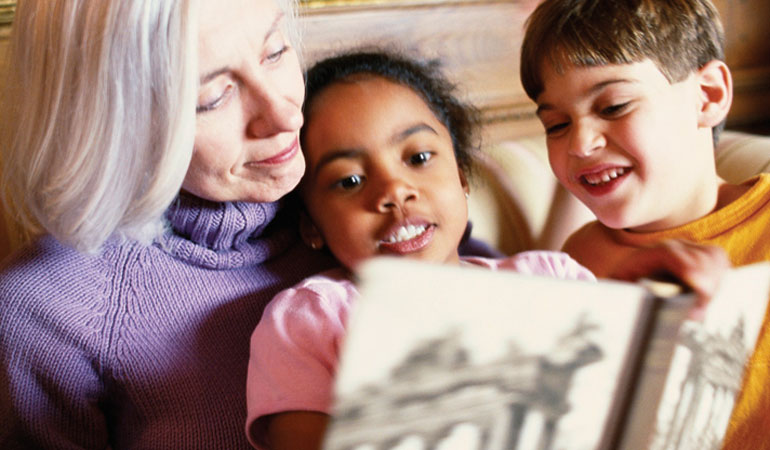If you’re an adoptive parent, odds are your child comes from a different heritage, whether he’s from Rhode Island or Russia, of Asian or African-American or Latin-American descent. And you know that your child needs to learn about his heritage so he can understand where he comes from and build a strong sense of self.
But often, it’s hard to figure out exactly how to do this — and how to walk that line between “too much” and “not enough.” While culture camps and heritage tours can help kids feel proud of their history, these activities are the proverbial icing on the cake; your child will build his pride and love of his heritage based on the way it’s handled on a daily basis.
So, how do you mix your child’s background into your family’s culture? Here’s how to get started:
Help Him Connect with Other Kids
Whether it’s through a culture camp, a playgroup, or a dance class, it helps to bring your child together with other kids who share the same life experiences.
“It doesn’t matter what the activity is — they could be knitting together,” says Deborah Johnson, a social worker and program director at Ties, a heritage tour company — and a Korean adoptee. “It helps them to see kids who have the same challenges they do, and whose families look like theirs.” For many children adopted transracially or transculturally, finding a place where you “fit in” can be hard, but regular meetings with people who share this background can help them find a place where they belong.
“Being an adoptee is different,” says Pam Sweetser, director of Colorado Heritage Camps. “One of the camp counselors, who was adopted from Korea, told me that this is the one place where she fit in completely, where she did not have to explain herself on a regular basis. Day to day, she doesn’t have that luxury.”
Make It a Habit
Cultural activities shouldn’t be reserved for annual holidays or events. “It may feel a bit forced at first, but you need to make it part of the fabric of your daily life,” says Johnson. There are so many great ways to do this — incorporate ethnic dishes into your weekly menu, watch movies and TV shows that include characters that share your child’s background, or simply play with toys and games that reflect her heritage.
Find a Way to Make it Relevant
“There’s a tendency to focus on dressing up and eating traditional foods,” Johnson says. “Don’t fall into the trap of just talking about what life is like there — you need to talk about what’s going on in the culture now, or the American version of the culture.”
Find ways to connect the culture to your kid’s personal passions. “Take what your child is interested in — music, movies, fashion, food — and use that to introduce the culture,” Johnson says. “If he loves movies, show him Bollywood movies, or take him to Asian film festivals. For artistic kids, take them to a gallery that’s exhibiting a contemporary artist who shares their heritage.”
And remember: Your child won’t be living in Africa, Asia, or Europe, so it’s important to help him understand what it means to be African-American, European-American, or Asian-American.
Don’t Force It
Most children go through a phase when they want to deny their heritage — they’ll want to put away any reminder that they’re “different.” Often, this occurs during the late elementary-school years, when teasing and cliques begin, and “being like everyone else” is the key to popularity.
But continue to make her heritage an active aspect of her life by saying it is a “family” thing — “Our family always goes to culture camp,” or “Our family always eats out at Ethiopian restaurants for special occasions.” Just don’t force it too hard.
“I think you have to be in tune with your kid on the too-much or not-enough issue,” Sweetser says. “My daughter doesn’t want to go to Korea, but she likes her friends from the camp. If I had forced her to do more, she would have rebelled against her culture.”
Balance It Out
While cultural education is valuable, sometimes parents can be a bit too passionate about ensuring that their child is connected to his or her heritage. If your child’s schedule is completely filled with cultural activities and classes, you may need to add a little variety to the mix. “Some people step over the line, and it starts to take over everything else,” Johnson says. “It’s important, but you need to customize it to your child’s needs and interests.”
And while your child needs to know about his own background, you should celebrate his traditions along with those from your heritage — and also encourage your child to explore other cultures. “You should have role models of diversity in your lives,” Johnson says. By teaching children to respect and value the different cultures in the world, you can help your children — and yourselves — to become more compassionate world citizens.



